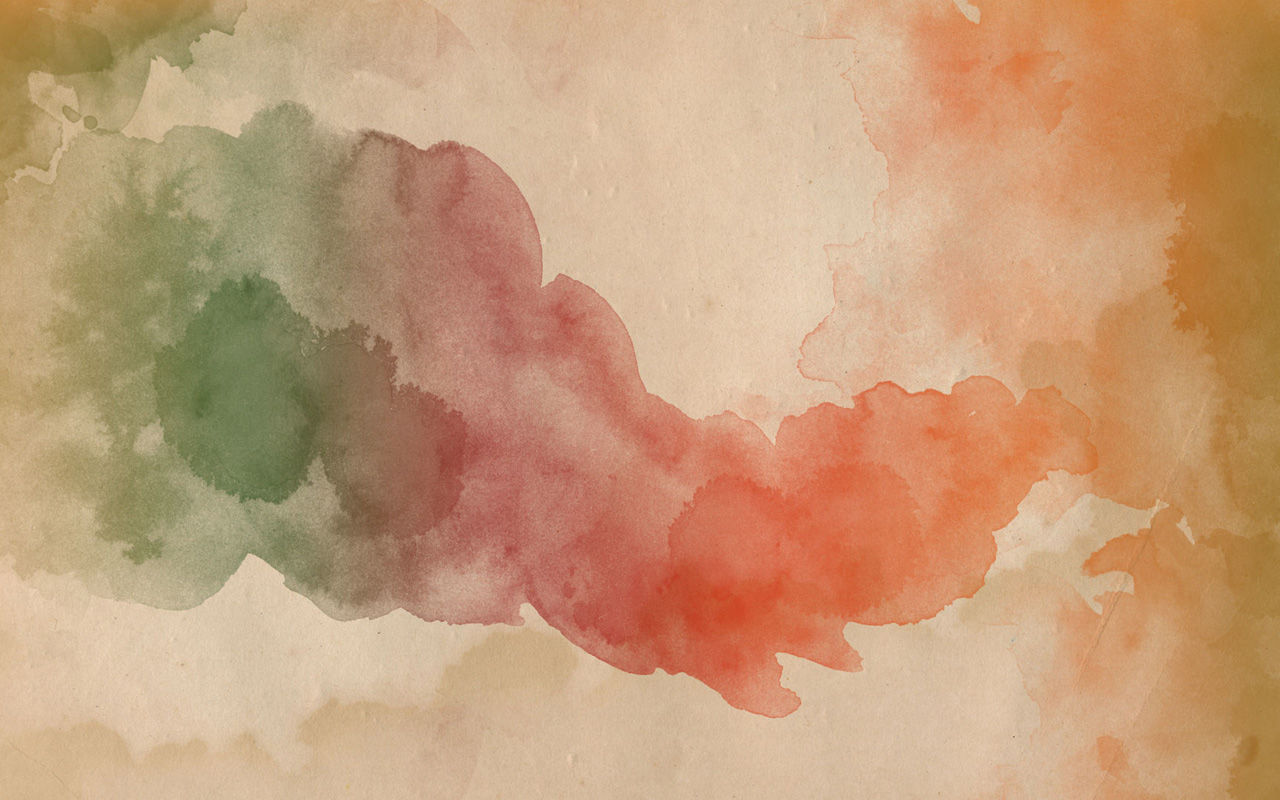
SHOES
Hope House Costume Museum has hundreds of pairs of shoes for women, men and children. The oldest pair date from the early Victorian era all the way through to 1970s.
Browse just some of Notty's favourite ones below.

By the 1930s strapless shoes, such as these, became increasingly popular over the previously worn bar shoes (still popular for dances). The heels of these shoes are higher than those in previous decades, and the satin could be dyed different colours, however these in an ivory satin might suggest they were perhaps worn by a bride at her wedding.

Bar shoes had been worn in the previous decade, but became synonomous with the 1920s. These green fabric shoes, albeit somewhat faded now, were ideal for tea dances. These simple, yet elegant shoes reflect the direction fashion began to take during the 1920s, with more women able to vote and to enter the professional work place, fashion took a dramatic turn away from the corseted silhouettes of the Edwardian era, and found empowerment in a more relaxed look, with cropped hair and dropped waists.

Black satin shoes such as these were worn with evening dresses in the 1920s, and were made in various materials. Heavy adornment extended to the shoes as well; leathers could be engraved or encrusted with metallic decoration and fabric could be embroidered or adorned with paste stones. The heels on this pair are particularly striking, decorated with diamantés in a geometric formation. Some manufacturers made heels like this detachable so they could be used on various pairs of shoes.

By the 1930s strapless shoes, such as these, became increasingly popular over the previously worn bar shoes (still popular for dances). The heels of these shoes are higher than those in previous decades, and the satin could be dyed different colours, however these in an ivory satin might suggest they were perhaps worn by a bride at her wedding.